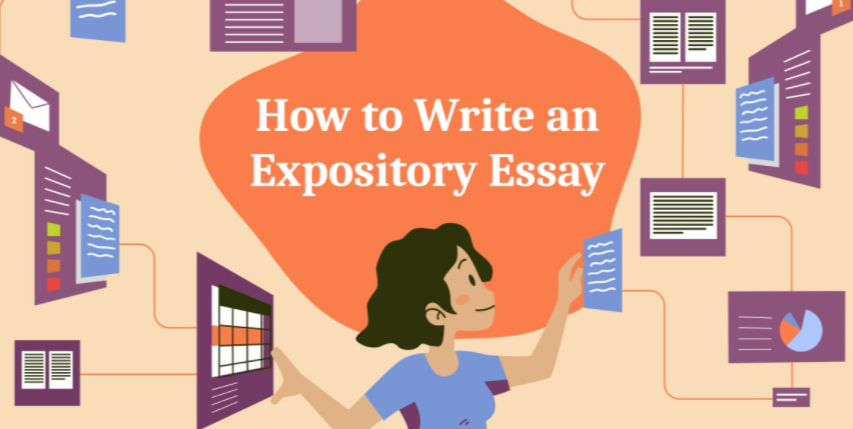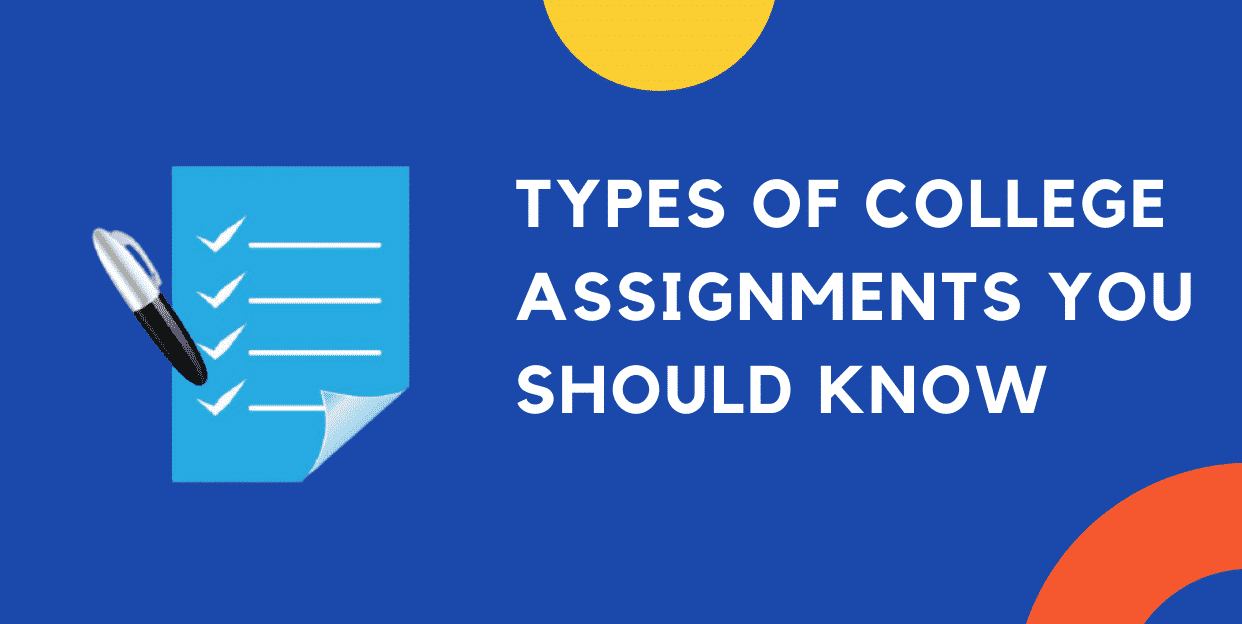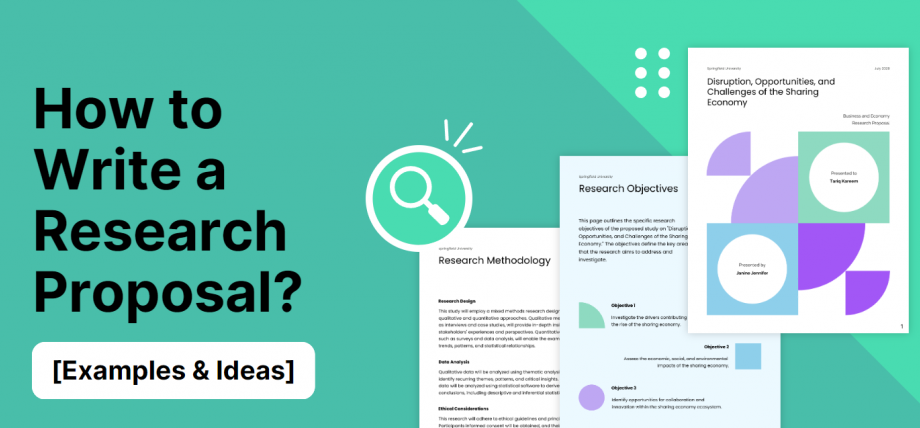Your A+ Grade Awaits at Academiascholars.com
Essays
Assignments
Term paper
Homework
Dissertations
HOW TO WRITE AN EXPOSITORY PARAGRAPH
It is likely that before you found this article, you have perused through countless books, briefs, magazines, newspapers, and all kinds of publications. Chances are, you have read expository paragraphs. In fact, whenever you sit an exam, it is expected that you present your answers in expository form. Perhaps that explains why connecting words such as first, second, then, and finally are common. Typically, the words are used for aiding your audience to keep tabs on arguments. Expository paragraphs are meant to provide information. This material includes descriptions of relevant themes, provision of instructions, or demonstration of the manner in which phenomena unfold.
It is evident that a good expository paragraph is an essential component of serious written communication. As a result, it should entice the reader, hook them into the rest of the paper by use of thought-provoking, yet pertinent data, before recapitulating the information. Your introductory sentence should focus on the topic, and the particular pieces of evidence to support the claim. It should also provide relevant examples to reinforce the main idea of the paragraph. If the paragraph is in the conclusion section, it should sign off with a stimulating call to action. If you can hook the reader, and offer strong evidence, then you have a great chance of achieving good readership. Yet, do not underestimate the power of good communication.
Structure of Expository Paragraph
As you ponder on whether you should write an expository paragraph, it is important to study the recommended outline. Similar to other paragraphs, it must have three parts that include a great topic sentence, a strong thesis statement if it appears in the introduction of an essay. You need to use consistent and logical transitions from one sentence to the other, when the paragraph contains a thesis statement.

Exploratory paragraphs, just as other paragraphs, should be structured around three elements: topic sentence, supporting evidence, and concluding sentences. Every conceivable paragraph should have a topic sentence. A topic sentence is an opening statement and it helps the audience to comprehend the contents of your paragraph. To make a strong impression on your reader, ensure that your topic sentence presents the core idea of the paragraph as articulated. The topic sentence is critical to the reader as it lets him (or her) keep abreast with what to expect in subsequent parts of the paragraphs. It is necessary to outline reasons, why the arguments presented, are significant.
The theme (or main idea) of the paragraph is contained in the topic sentence. It should shift smoothly to body sentences, a collection of statements (before the closing statement) that constitute the supporting evidence which should be outlined in a sequential and logical manner. The closing statement is the concluding sentence. It brings the paragraph to a close-by signing off powerfully with key highlights of the main points. This is a fine way to ensure that the final outcome reinforces the topic.
As stated, an expository paragraph primarily aims to explain, describe, inform, or persuade.
However, writing a good expository paragraph is not a walk in the park. Thankfully, there is lots of help with this and all kinds of essays. You can access useful information from the internet on how to write a paragraph, keep it on the course, transition efficiently from the topic sentence to the conclusion.
The Body Paragraph
The body section is where the core content of the paragraph is placed. It is expected that by the time you come to the end of your opening sentence (or topic sentence), you have gathered sufficient information to back the claims you made. This piece of information should be carefully examined to ensure that it is credible, convincing, and logical. Never put unreliable evidence in this portion as it may discolour the opening sentence before giving way to a weak conclusion. It includes a meticulous analysis of the topic with the objective of making it stimulating and enlightening. Your reflection on what goes into the body of expository paragraph, should lead you to ponder how you can elucidate your themes effectively. A realistic structure is a must have if you are to write a successful body section. It ensures that your analysis, or argument is properly arranged, well thought-out and comprehensive enough to cover everything that you need to support your claims or topic.
While the paragraphs should be short, and typically not more than six sentences in length, they should provide evidence that is accurate, quantifiable, and rational. The paragraph should end with a strong closing statement or conclusion which does not necessarily have to reaffirm the thesis.

Other Key Considerations in Expository Paragraphs
Enlightening or Elucidating
The ultimate aim of an exploratory paragraph is to convince, inform, or perhaps describe a procedure. This will require a subject, and a logical progression of ideas, which should culminate in a strong conclusion.
An effective way to do this is to incorporate topic sentences that focus on guideline for executing a process or strong evidence that aid the development of strong arguments in support of the main topic. Topic sentences should be written in such a manner that they can stand as mini-theses.
Analysing or Assessing
It is a known fact that explanatory paragraphs explore underlying reasons that render a topic important. However, it is also true that expository paragraphs demand more analysis than explanations. The net import of this is that you should strive to produce effective statements that can relay your points to the reader.
Gather all the additional information you need and if need be consult professionals in the essay writing Industry. Ensure you choose wisely. Consider making your choice from renowned best essay writing services in 2021 Review
Types of Objectives
In grant proposal writing, three types of objectives are widely recognized:
Process Objectives
These objectives are stated in terms of the project duration. They are allocated a specific time period in the work plan. An example of a process objective is:
“To train 5 volunteer dieticians in the first quarter”
Process objectives should be written in both the implementation plan and the work plan.
Impact Objectives
To understand these types of objectives, let’s consider the common questions that donors ask after going through your program design:
- What positive impact will your project have on the beneficiaries?
- How will this change be sustained after the funding period lapses?
Effective impact objectives should be expressed in present-perfect tense using a positive tone. For instance, you could state:
“Juvenile delinquency cases have been minimized…”
The purpose of impact objectives is to provide a vivid presentation of the impending impact on the community should your project be funded. You should take the donor with you on a journey into the future and envision the kind of change that the project will deliver to the community.
Typically, these types of objectives are put at the bottom of the logic model graphic.
SMART Objectives
SMART is an acronym derived from the principle of management by objectives which define the requirements that the objectives should meet. The SMART goals or objectives represent Specific, Measurable, Attainable, Realistic, and Time-bound. The goals and objectives of your grant proposal should conform to the prescribed criteria.
To explain each acronym, the objectives should be:
Specific, meaning there should be a clear demarcation of what will increase. In other words, you should state your objective in a clear, sensible, and specific manner For instance, you could say that it will increase the number of trained health workers in the first year, and so on.
Measurable, meaning, you should state your objectives in terms of outputs that can be quantified or measured. In other words, this criterion defines how much increase is expected. Project outputs are usually expressed in percentage form. For instance, you could aim to increase the number of trained workers by 50%.
Achievable is a criterion through which a lower target is assigned to ensure that its project goals are realized regardless of the contingencies that may arise. The criterion is included to ensure that project goal are attainable and possible to realize.
Realistic, a demonstration of the viability of the proposed project. Realistic objectives should be relevant to the missions of donors and the applicant(s) while serving the needs of the community as well. If the outcomes are impossible to realize, then the objective is categorized as impractical, and the grant proposal request is rejected. A plan to train 50,000 health workers when funds are unavailable is unrealistic.
Time-bound objectives are given definite time frames. In other words, the objectives should include a deadline by which some activities should be concluded. Most documents break periods using words such as monthly, quarterly, or yearly.
The Imperatives of Effective Goals and Objectives
The necessities outline the steps that must be followed to realize the intended aim of the grant proposal, which is to secure funding. The goals and objectives should be well-defined, specific, precise, observable, real, and quantifiable
Experienced writers are ready to handle your paper
Essential Tips for Success in ATI-TEAS Test
The ATI-TEAS Test, also known as the Test of Essential Academic Skills, is a crucial hurdle for aspiring nurses and other healthcare professionals. It's a standardized exam designed to assess your readiness for health science programs by evaluating your skills in...
College Assignments: A Guide to Common Types and Success Strategies
Navigating the world of higher education can feel like traversing a complex labyrinth. Amongst the new social dynamics, independent living, and challenging coursework, one thing remains a constant: college assignments. These tasks, designed to assess your...
AI Essay Writer: A Guide to Writing Essays with AI
Artificial Intelligence (AI) is rapidly transforming various aspects of our lives, and academic writing is no exception. While the idea of using AI to write essays might initially raise ethical questions, the reality is that AI tools, when used responsibly and...








 Hi, how can I help?
Hi, how can I help?